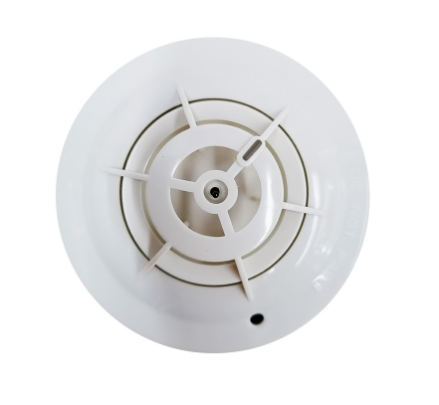Copyright © 2021TANDA Development Pte. Ltd. All rights reserved.Privacy Policy.Site MapDesigned by

When installing or updating a new fire alarm system, it is essential to comprehend the differences in both addressable and conventional systems and which one is best suited to your needs.
Many businesses base their system selection on cost; however, it is necessary to take into consideration the uncertainties associated with fire and also the best prevention strategies you should take.
So, if you are looking to purchase a conventional fire alarm system, ensure it is from a reliable manufacturer.
Both systems connect devices like heat detectors and call points to the panel board, but the differences between these two are stated below;
Rather than sharing one wire, a conventional system employs multiple wires, with each device attached to its wire that connects back to the panel.
Each wire has one end that comes into contact with the panel and then the other end that touches the device.
The devices in an addressable system are all connected by a single wire that runs in a circuit from one side of the panel to another.
Because the addressable system requires a single wire loop, it is much more adaptable when it comes to changing the number of device types on the system.
It is much easier to add devices to the loop than it is to add some other circuit to a conventional system.
Addressable systems can accommodate many more devices because they require less wire.

The addressable system is the more reliable of the two categories of fire alarm systems. This is due to the wiring.
If one terminal of the wire loop on the addressable system is damaged or broken, the transmitter can be sent to the control unit through the other end of the loop.
A gadget can be removed or disabled at any point in the loop without affecting other devices.
If a wire is damaged or breaks in a conventional system, the device is detached from the system and no transmissions from that device are transferred directly back to the panel.
Every device connected to the addressable system does have its unique address, which means that when a fire is detected, the exact location is pinpointed and displayed on the panel.
In the event of a fire, this makes it simple to locate and extinguish. When a fire is detected, there is no way to pinpoint its exact location with a conventional system.
The system is divided into zones, which give you an idea of where the fire has been discovered. The number of zones is determined by the size of the building.
If the space is small enough but spread across two-stories, you may only require two zones.
For instance, if you considered the bottom floor zone 1 and the second-floor zone 2, you'd know that if a fire is detected in zone 2, it's on the second floor.
Conventional fire alarm systems are somewhat more prone to false alarms because dust and other particles on the sensors can cause false alarms to be transmitted to the control panel.
These are difficult to prevent because responders have no way of verifying if the alert system is false until they locate the exact detector that triggered the alarm.
Addressable systems, on the other hand, oversee the response levels of all detectors, which aids in the prevention of false alarms.
They can tell the difference between subtle changes like dust that emerge over time and a quick transition like a real fire.
There are several benefits to choosing the right conventional fire alarm systems. Therefore, it will help to work with an expert to ensure you make the right choice.
Do contact us to view our products and place your order.